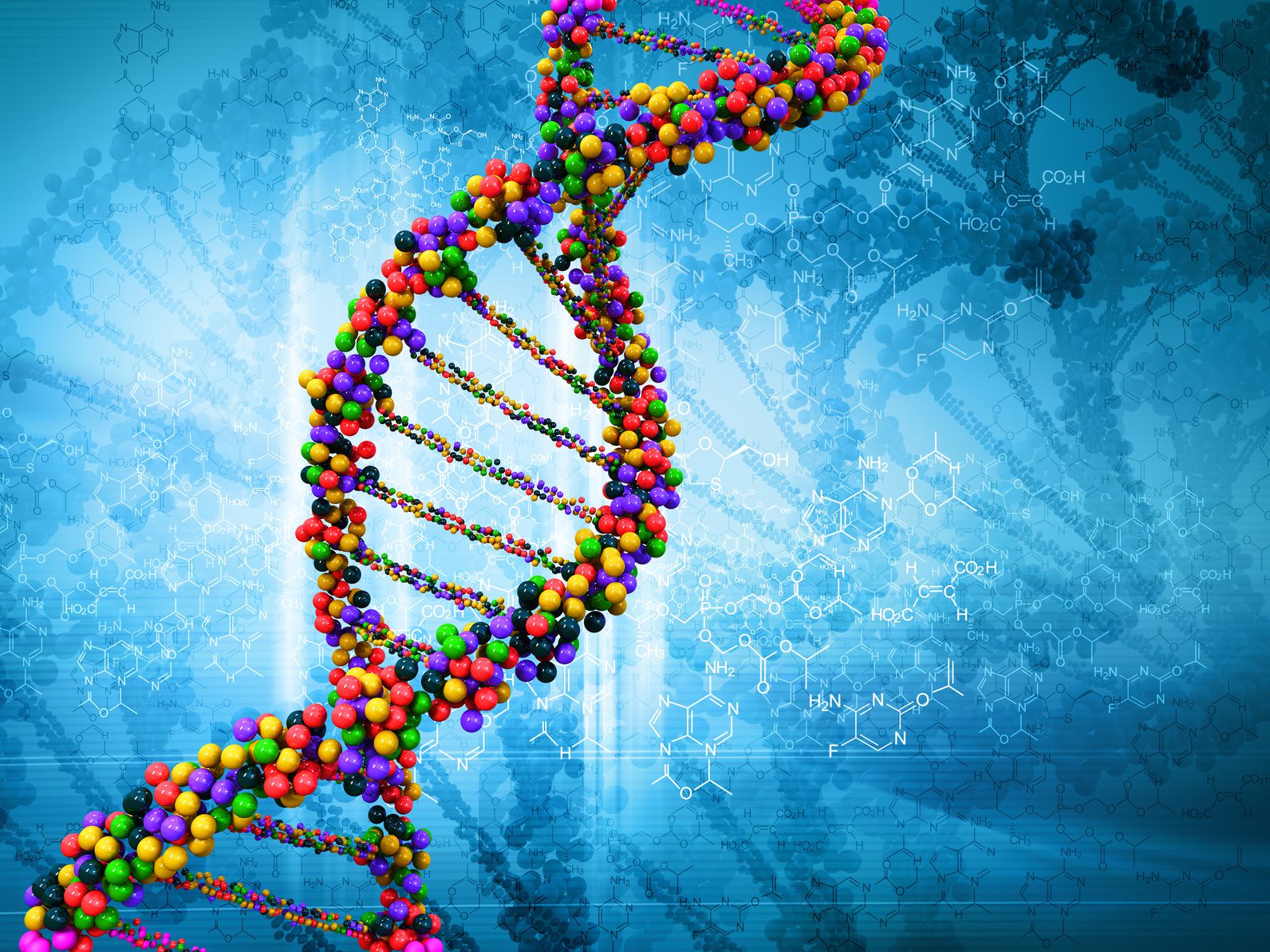Is Divorce Genetic?

Looking for a specific post?
Have you been married multiple times, and none of your marriages have worked out? Maybe you grew up in a single parent home and never saw what a happy marriage looked like.
Here’s some consolation: if you’ve gone through a divorce, it actually might not be your fault. Divorce is most likely to be genetic, studies show. You may have grown up in a broken home, but that actually less to do with your decision to divorce than actual genetics.
Surprisingly, children of divorced parents are more likely to divorce down the line because of genes passed on from one generation to the next. This is called intergenerational transmission, and it can increase the risk of divorce.
What the Study Shows
Scientists worked with Lund University in Sweden to study the marriage and divorce patterns of adopted people. They used an adoption design and extracted data from Swedish national registries. They studied adopted people to see if genes or environment played the biggest role. While biological parents provide the genes, adoptive parents provide the environment.
The researchers found that 19,715 adoptees had the same divorce history as their biological parents and did not resemble their adoptive parents. When comparing adopted people to their adoptive siblings, studies showed that genes once again took control. There were similarities among biological siblings, but not adoptive ones.
The study concluded that children are not influenced as much by their environment and instead are motivated by genetic factors. For example, mate selection and personality are traits that may be passed down from parents to children. Both of these factors can create problems in a marriage. They can affect who a person chooses to marry and how spouses interact with each other
It was also found that genetic influences increase at midlife and tend to decrease as one gets older. Also, those who have been divorced tend to have a higher risk of developing addictions such as substance abuse and gambling, and again, these are often genetic in nature.
A different study showed that genes also influence endophenotypes. One endophenotype focuses on mate diversification, while the other focuses on pair-bonding. Mate diversification often leads to multiple marriages, while pair-bonding tends to result in long-lasting marriages. While genes played the largest part in determining endophenotypes, environmental factors also played a role to some degree.
Contact a Divorce Attorney in Chicago
Those who get married want to stay happily married for the rest of their lives. Unfortunately, approximately half of all marriages end in divorce, and the risk of divorce is even higher for those who have lived in broken homes and have other family members who have divorced.
Marriage and divorce are complicated. While you may want to blame Mom and Dad for your divorce, the truth is that many things can cause a divorce. Nobody is immune. But no matter what your situation, Arami Law is here to help you through the divorce process. Contact Arami Law at (312) 212-1399 for more information.


